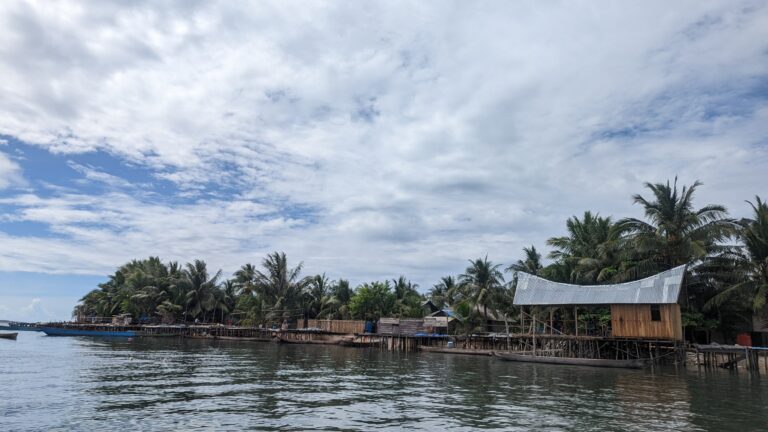Credit: Hendri Kaharuddin
New evidence of human habitation in south-eastern Indonesia dating back 42,000 years is providing new clues about the route taken by some of the first humans to arrive in the region, according to a study from the Australian National University (ANU). Quaternary Science Review.
Lead author Hendri Kaharudin, a PhD student at ANU, said the discovery’s location in Erivavan in Indonesia’s Tanimbar Islands was particularly significant.
“Taninbar lies just offshore of the ‘Sahul Shelf’ which includes present-day Australia and New Guinea,” he said.
“The question of how our ancestors got there from Southeast Asia is one of the most intriguing of prehistoric migrations, mainly because of the long distances involved and the need for advanced navigation techniques.
“Since the mid-20th century, two main routes have been considered as possibilities: a northern route through islands such as Sulawesi, and a southern route near Timor and the Tanimbar archipelago.
“This discovery represents one of the oldest sites on the southern route and is an important piece of the puzzle.”
Although there are still unanswered questions about Erivavan’s original inhabitants, the perilous nature of the sea crossing suggests that the settlers had developed advanced maritime technology by about 42,000 years ago, the researchers say.
“They would have had to cross a body of water over a distance of more than 100 kilometres, regardless of the direction of their travel,” Kaharuddin said.
“Along with small fragments of pottery, evidence of bones, shells and sea urchins was also found, indicating that the island was a centre of early maritime activity.”
“As research continues in less-explored regions like the Tanimbar Islands, we hope to learn more about the lives and migration patterns of early humans.”
Kaharuddin said it was also clear that the colonisation of Sahul Island was not a single event but a “gradual process involving successive waves of seagoing population”.
“Coastal communities likely navigated the coastlines, exploited marine resources and built resilient settlements along the way,” he said.
“This island-hopping strategy fostered cultural exchange and adaptation, resulting in the formation of diverse societies across the landmass.”
For more information:
Hendri AF Kaharuddin et al. “Border Islands: Occupation of the Tanimbar Islands 42,000 Years Ago and Implications for the Sunda-Sahul Early Human Migration Theory” Quaternary Science Review (2024). DOI: 10.1016/j.quascirev.2024.108834
Courtesy of Australian National University
Quote: Adding new story to ancient human migration story: Evidence of early marine activity in Indonesia’s Tanimbar Islands (July 19, 2024) Retrieved July 19, 2024 from https://phys.org/news/2024-07-adding-story-ancient-human-migration.html
This document is subject to copyright. It may not be reproduced without written permission, except for fair dealing for the purposes of personal study or research. The content is provided for informational purposes only.


